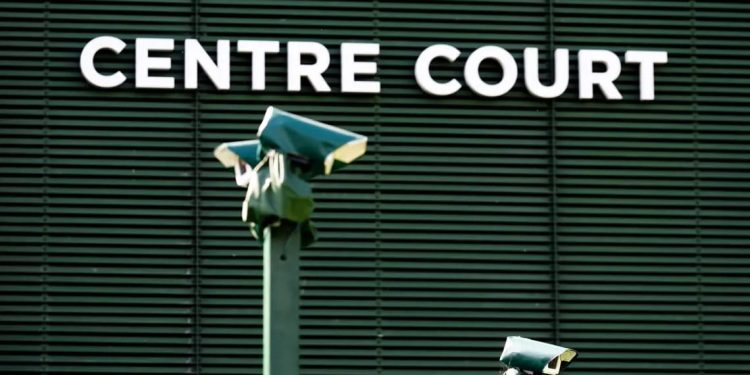Wimbledon’s AI Judges Spark Mixed Reactions from Players and Fans
The All England Club’s decision to replace traditional line judges with artificial intelligence technology has generated a wave of mixed reactions from players and spectators at this year’s Wimbledon.
For the first time in the tournament’s history, the renowned grass courts have seen a reduction in the number of line judges from 300 to just 80, with the majority of calls being made by the Hawk-Eye Electronic Line Calling (ELC) system. This advanced technology utilizes AI to analyze footage from up to 18 cameras, determining whether the ball is in or out.
Sally Bolton, Chief Executive of the All England Club, emphasized that the decision was not financially motivated. “It’s not a money-saving exercise; it’s about evolving the tournament and ensuring we provide the most effective possible line calling,” she stated.
World No. 1 Jannik Sinner expressed support for the technology, noting its benefits, especially when serves exceed 200 km/h. “It helps, especially here on grass,” he said after his victory over fellow Italian Luca Nardi.
However, not all players share Sinner’s enthusiasm. China’s Yuan Yue raised concerns about the system’s volume, stating it was too quiet for her to hear the decisions clearly. Outside the venue, small protests emerged against the technology, with some fans lamenting the loss of line judges—a cherished tradition dating back to the 1870s.
Tennis fan Jess from Oxford remarked, “The drama of challenging a call is part of the game. It’s sad that atmosphere is gone; AI is resolute.” Another spectator, Ivan from Northern Ireland, noted inconsistencies in the replays, citing instances where the technology failed to provide clear visuals for controversial calls.







